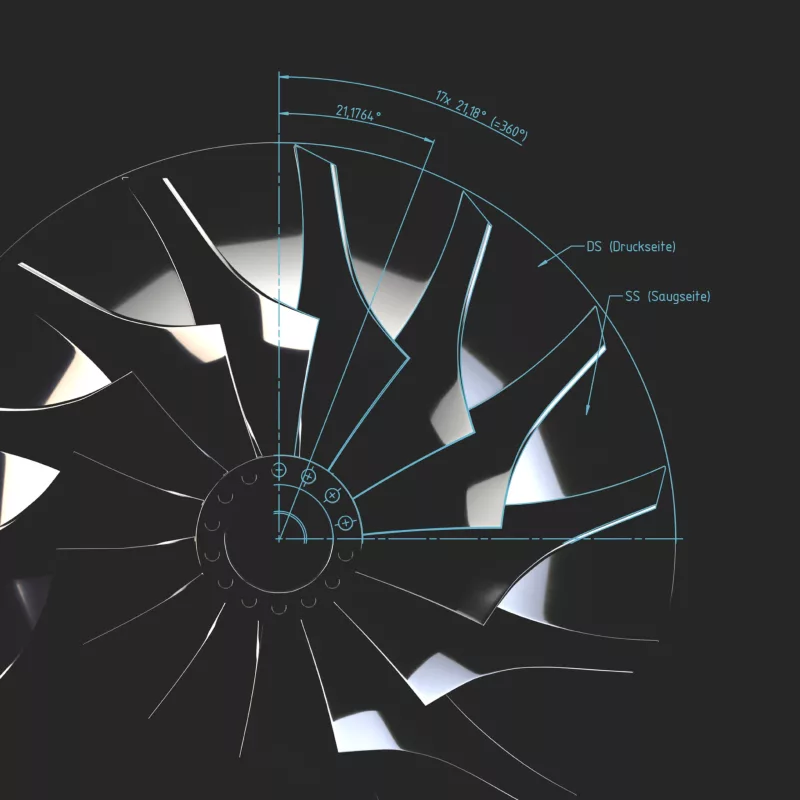Deburring with DLyte
The dry electropolishing technology improves the result of current deburring technologies. It overcomes the barriers of liquid electropolishing and abrasive polishing using solid particles to remove material by ion exchange. As it is a non-abrasive treatment it does not round off the edges. The process is able to remove burrs, contamination of the surface and improve corrosion resistance and surface quality in just one process.
A burr could be defined as a sharp imperfection, rough edge or ridge left on an object by the action of a tool or machine. They are impurities with a negative impact the on the function or appearance of a smooth machined surface. Burrs are created from bending, cutting, piercing, shearing and compressing materials, and are mostly seen on ductile and soft materials. When bending or shearing forces are applied up to failure, metals and alloys may be hardened by plastic deformation. Areas along the edges become bent, extruded or elongated. These extrusions and elongations appear on the cutting edges, mainly on the entrance, sides, and exit of metal tools.
Burrs may affect the quality of manufactured metal pieces and render their surface unsmooth. What is more, the presence of burrs on the metal surface creates several problems. In fact, these imperfections prevent the fit and assembly of pieces, increase the risk of corrosion, fatigue and cracks and can trap contamination; have a bad impact on piece’s aesthetic effect, and may cause operator and end-user safety hazards. This is why deburring is essential in machining high demanding parts in food, pharma, medical or aerospace sectors.





On the other hand, dry electropolishing is not a distorting process. The main part of metal pieces manufactured nowadays have critical micro finishes or are made of more fragile, lighter materials. When it occurs, mass finishing techniques like tumbling or vibro-finishing generate warping or distortion, and can nick or scratch fine finishes. Dry electropolished pieces are not affected by stress from polishing media, nor are they tumbled onto each other.
Economic and environmental benefits



















